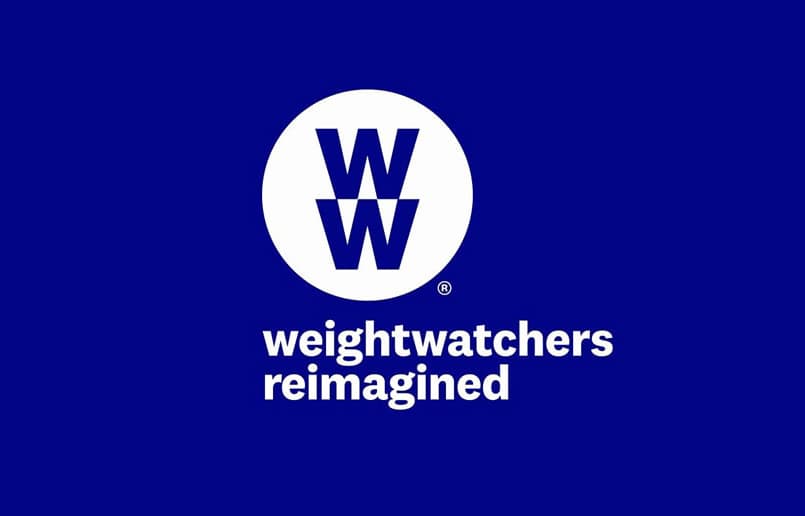Some planners erroneously assume that the shortest route is optimal when devising routes for deliveries, pickups, service calls, or sales calls. However, this is not necessarily true. In some situations, optimizing the route based on the minimum distance traveled is more advantageous, while others require the route that ensures they have the fastest arrival time.
Therefore, the difference between the shortest and fastest routes can be crucial in achieving the desired outcome and understanding this difference is essential for effective decision-making, whether planning a road trip or simply commuting to work.
The following sections will consider these differences in greater detail.
What is the Shortest Route?
Distance-based routing, which aims to find the shortest route, involves selecting the path that covers the least distance required to complete the day’s deliveries, pickups, service calls, or sales calls. In other words, to find the shortest route, you aim to cover the minimum distance required to reach your destination. Finding the shortest route is commonly used in navigation systems and maps, as it provides a basic understanding of the distance between two points.
However, relying solely on the shortest route may not always be the best option. Mileage alone overlooks traffic, road conditions, and detours that could impact travel time. For instance, a route that covers less distance may take longer due to traffic congestion or road repairs. Additionally, the shortest route may not be the safest, as it may take you through unfamiliar or dangerous areas. Therefore, it is essential to consider other factors besides distance when planning a route.
What is the Fastest Route?
The fastest route is the path between two points that takes the least time. It considers traffic, road conditions, and detours to provide the quickest possible route. The fastest route is often used in navigation systems and maps, providing a more accurate estimate of the time it will take to travel between two points.
Unlike the shortest route, the fastest route may not be the route with the least distance. For example, a route that is longer in distance may be faster to travel due to better road conditions or fewer traffic delays. The fastest route also considers the mode of transportation, as different modes have different travel times.
Should You Take the Shortest Route or The Fastest Route?
When planning a trip, you must consider the shortest and fastest routes. If you travel in a familiar area and do not expect any traffic delays or road closures, the shortest route may be the best option. However, the fastest route may be better if you travel in an unfamiliar area or during peak traffic hours. What if the quickest route is a few minutes faster but covers several extra miles? Does that still qualify as an efficient route? Similarly, what if the shortest path enables you to drive 5 miles less but requires you to pass through two tolls? Would that still be considered an efficient option?
Looking at some practical examples, if you are managing a fleet of vehicles that consume a lot of fuel, such as diesel garbage trucks or large box trucks, optimizing for the least miles driven can save you money on fuel costs, which can account for up to 60% of your fleet’s operating expenses. Additionally, if you compensate drivers based on mileage, opting for the shortest route can help reduce your mileage reimbursements for expenses.
Choosing the Best Option
The shortest and fastest routes are two important factors to consider when planning a trip. While the shortest route covers the least distance, it may not always be the best option due to traffic, road conditions, and safety concerns. The fastest route considers these factors to provide the quickest possible route. Therefore, when choosing a route, it is worth asking if you should take the shortest or fastest route.



